Fiber Optic Attenuator Overview:
The Fiber Optic Attenuator is an optical device that reduces the energy of the optical signal—used to attenuate the input optical power to avoid the distortion of the optical receiver due to the input optical power being too strong. The Attenuator is a passive optical device used in optical communication systems to debug optical power performance, debug fiber optic meter calibration correction, and fiber optic signal attenuation. The Attenuator is made of attenuating optical fiber doped with metal ions, which can adjust the optical power to the required level.
Features:
1. Attenuation Level
- Fiber optic attenuators come in various attenuation levels, typically measured in decibels (dB).
- Common attenuation values range from 1 dB to 30 dB or more.
- Higher attenuation values indicate greater signal reduction.
2. Operating Wavelength
- Fiber Optic Attenuator are designed to work within specific wavelength ranges, typically matching the wavelengths used in the optical communication system, such as 1310 nm, 1550 nm, or both.
3. Connector Types
- Fiber Optic Attenuator are available with different connector types, such as SC, LC, FC, or ST connectors, to match the connectors used in the fiber optic system.
4. Fixed or Variable Attenuation
- Fiber Optic Attenuator can be either fixed or variable.
- Fixed attenuators provide a predetermined level of attenuation, while variable attenuators allow for adjustable attenuation levels.
5. Loss Variation
- Good quality attenuators maintain a consistent level of attenuation across different wavelengths and temperature variations, ensuring reliable performance.
6. Return Loss
- Fiber Optic Attenuator should have low return loss to minimize signal reflections back into the system, which could degrade performance.
7. Durability and Reliability
- Fiber Optic Attenuator should be constructed from durable materials and designed to withstand environmental factors such as temperature variations, humidity, and mechanical stress.
8. Polarization Dependent Loss (PDL)
- High-quality attenuators exhibit low polarization dependent loss, meaning they provide consistent attenuation regardless of the polarization state of the light.
Fiber Optic Attenuator Specifications:
| Feature | Description |
|---|---|
| Attenuation Level | Various levels available, typically measured in decibels (dB). Common range: 1 dB to 30 dB or more. |
| Operating Wavelength | Designed to work within specific wavelength ranges, e.g., 1310 nm, 1550 nm, or both. |
| Connector Types | Available with different connector types such as SC, LC, FC, or ST connectors, matching the connectors used in the system. |
| Fixed or Variable Attenuation | Can be fixed (predetermined attenuation) or variable (adjustable attenuation levels). |
| Loss Variation | Good quality attenuators maintain consistent attenuation across different wavelengths and temperature variations. |
| Return Loss | Low return loss to minimize signal reflections back into the system, ensuring optimal performance. |
| Durability and Reliability | Constructed from durable materials to withstand environmental factors such as temperature, humidity, and mechanical stress. |
| Polarization Dependent Loss (PDL) | High-quality attenuators exhibit low polarization dependent loss, providing consistent attenuation regardless of light polarization. |
For more: Click here

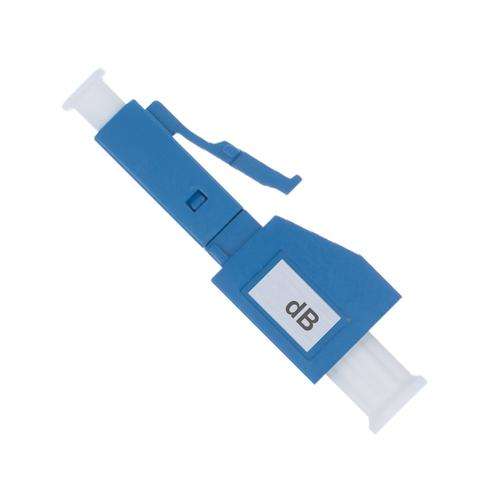
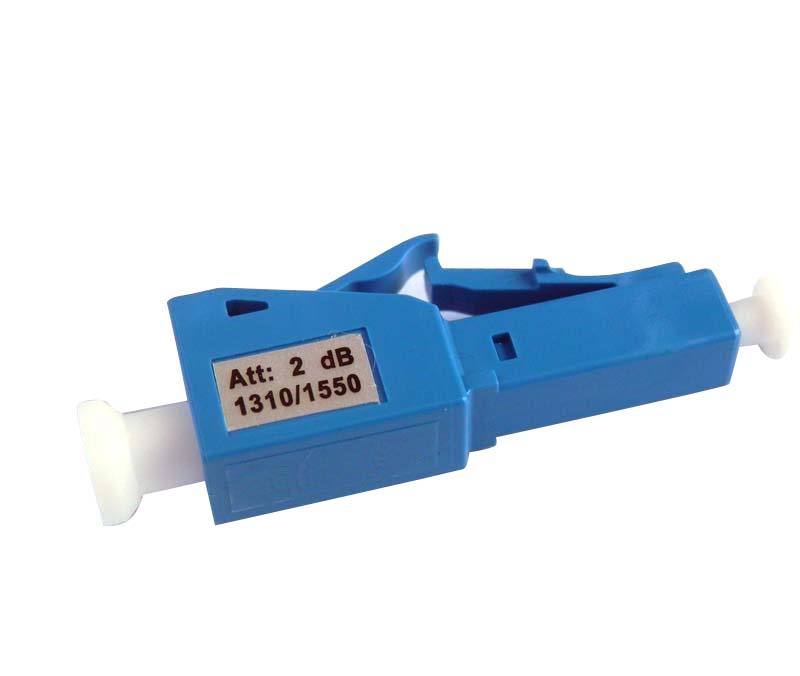
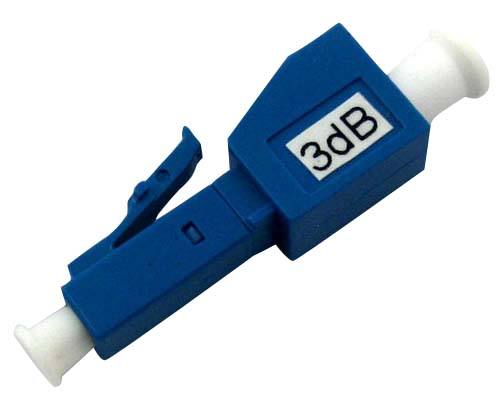
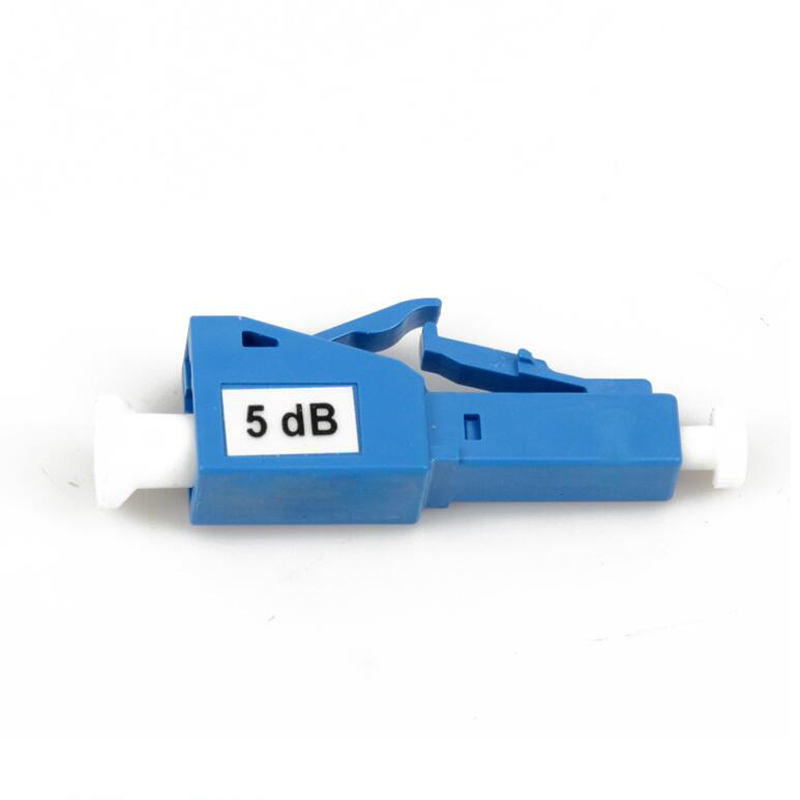
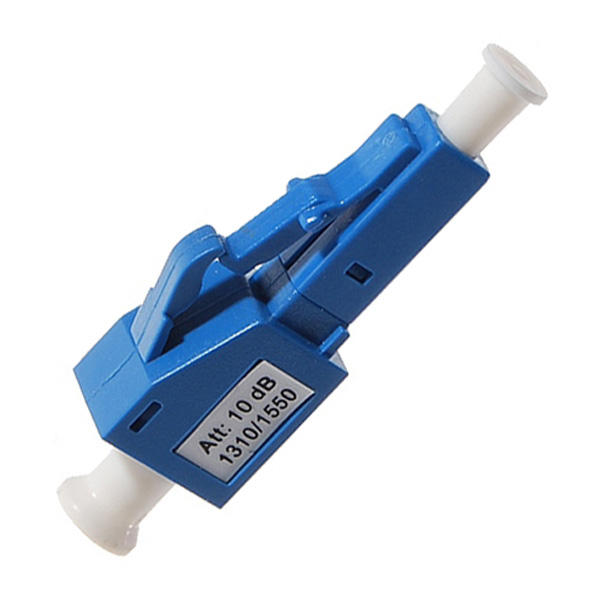
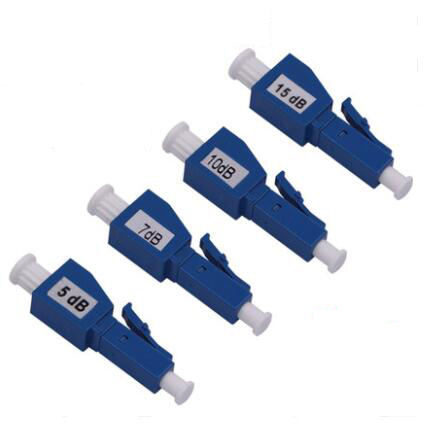
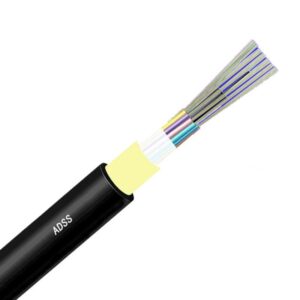
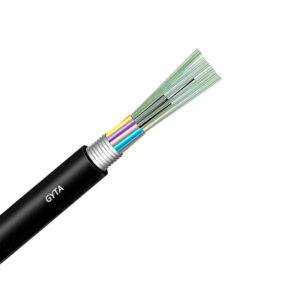
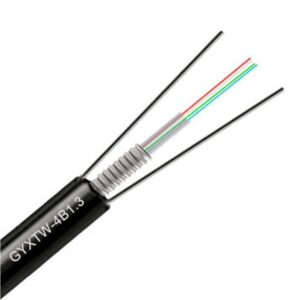
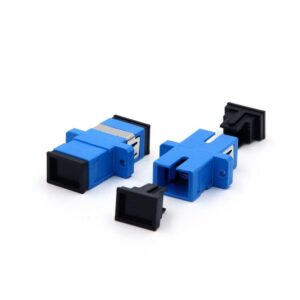
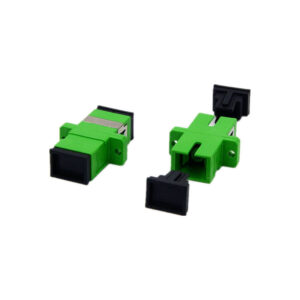
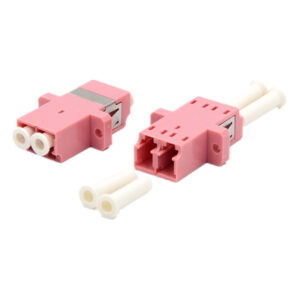
Reviews
There are no reviews yet.